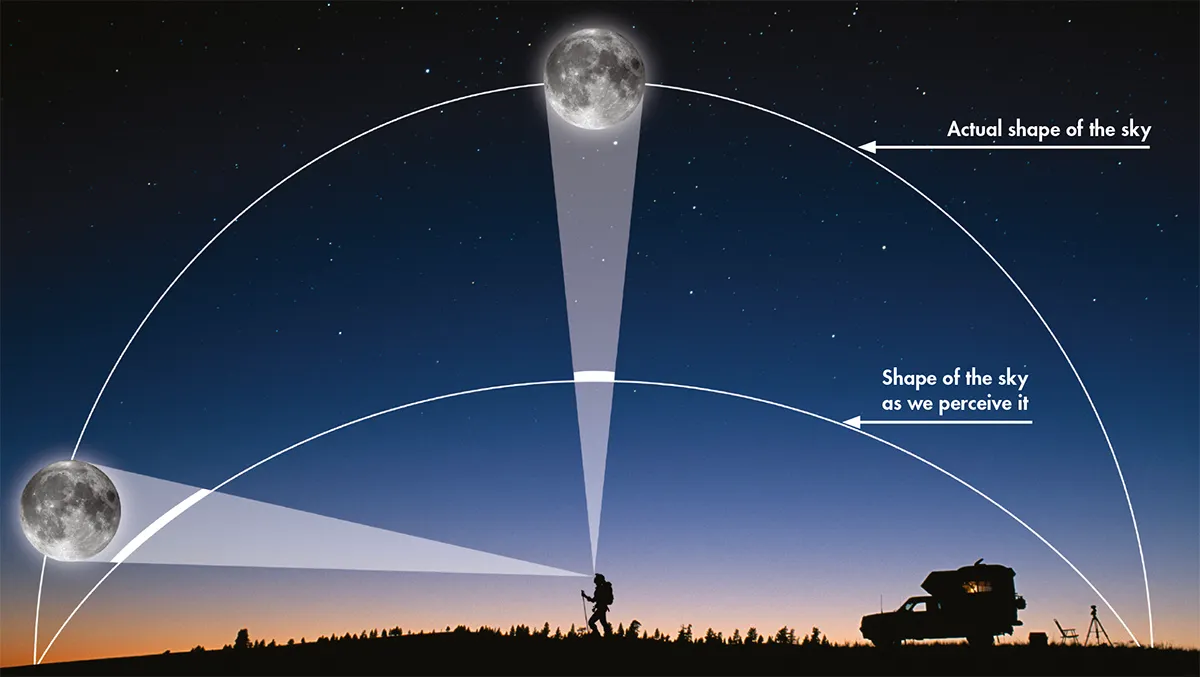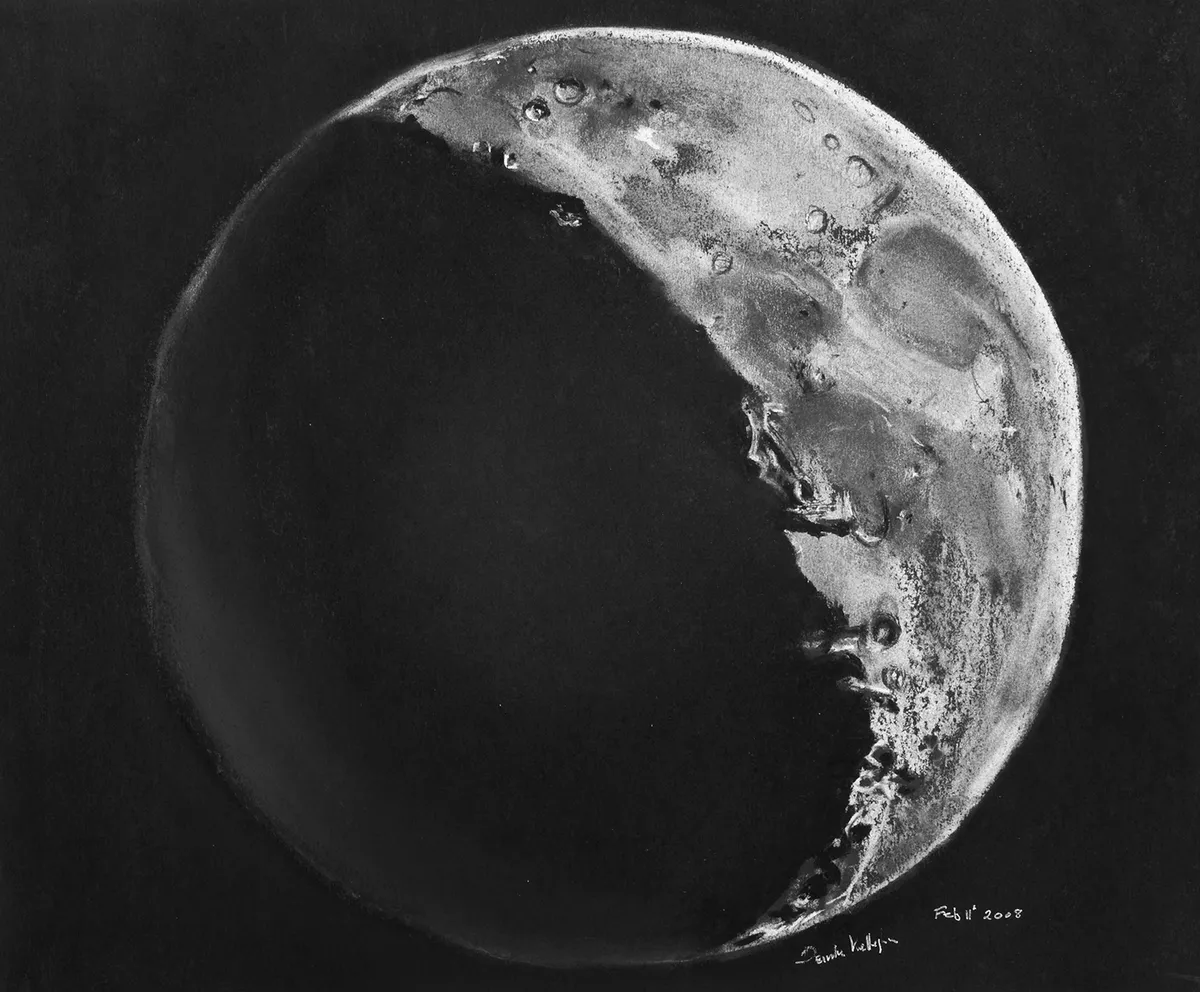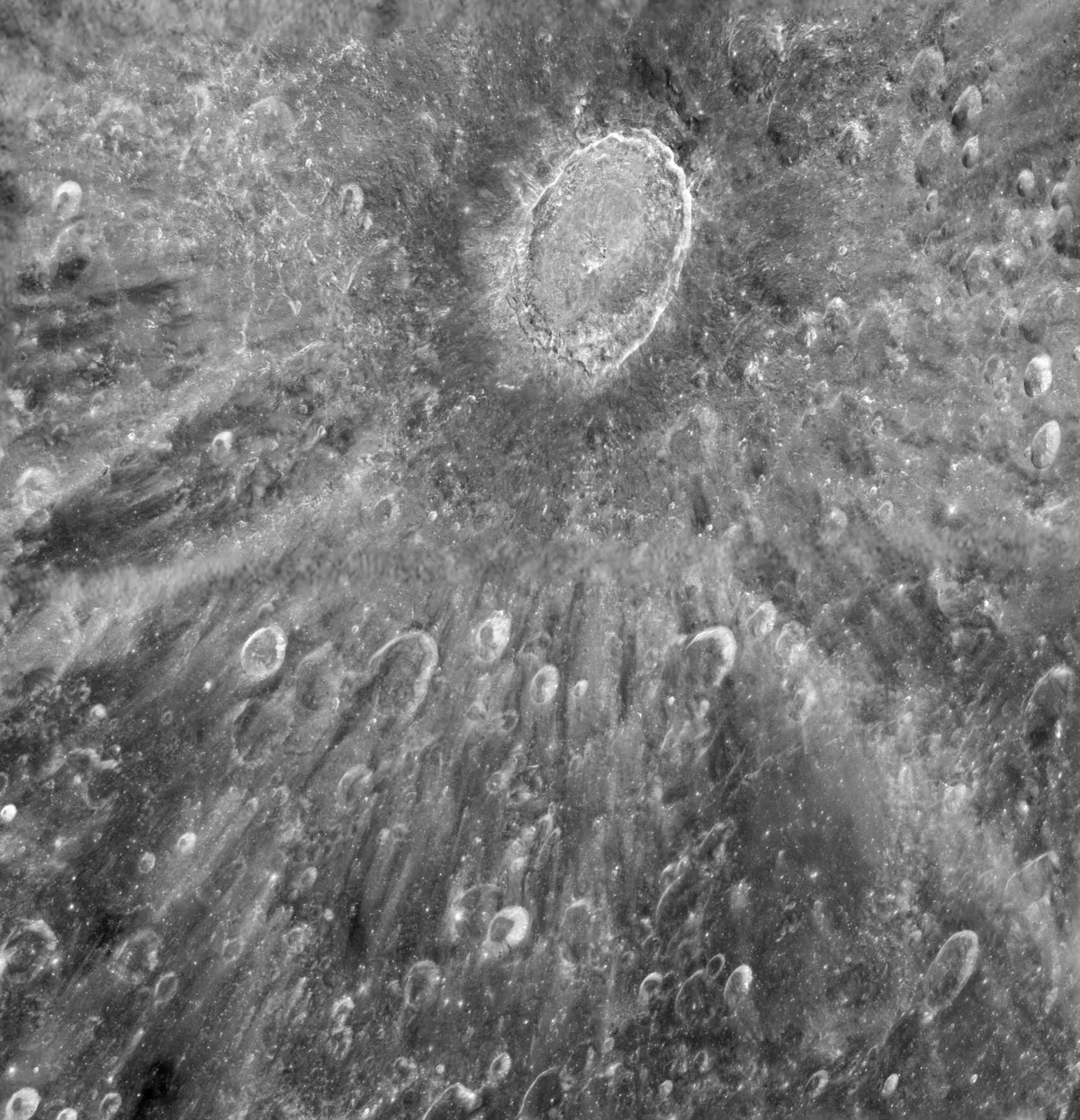Are you planning on stepping out to observe a full Moon tonight? Or is there a supermoon coming up and you want to know how to make the most of it?
Here, we'll look at 6 ways to observe and enjoy a supermoon (or any full Moon for that matter).
For advice on supermoons, read our guide to the next supermoon and find out when it's happening.
Read our complete guide to observing the Moon with the naked eye or a telescope
And find out when the next full Moon is visible.
Observe the Moon with binoculars

If you don't have a telescope, you might at least have a pair of binoculars in the house collecting dust.
Give them a good clean and get them ready for the full Moon.
Many astronomers will tell you a full Moon is not a great time to observe our celestial neighbour with magnification.
And to an extent, that's true.
The best times to observe the Moon are during the crescent Moon and gibbous Moon phases, when the terminator (the line dividing the lit and unlit side of the Moon) throws shadows on the surface, highlighting surface features.
But if you've never considered pointing your binoculars at the night sky before, tonight is a great opportunity to give it a go.
You may find yourself returning again and again, using your binoculars to track features on the Moon.
Keep observing the Moon over the coming days, as the waning phases will provide interesting shadows to spot on the surface.
Read our full Moon guide for advice on what to see.
If you do fall in love with observing the Moon, read our guide to the best features to observe on the Moon.
Observe the Moon illusion

Have you ever noticed that a full Moon that's low in the sky and close to the horizon looks huge?
You're not alone. This is a well-documented phenomenon, but in fact it's an illusion.
No-one quite knows what causes the Moon illusion.
It could be a result of the Moon's position on the celestial sphere making it seem bigger, as shown in the diagram above.
Or perhaps the fact that a low Moon is accompanied by foreground objects like trees and buildings makes it seem so much bigger.
Observe the Moon as it rises, making sure you have a clear horizon.
Does it look much bigger than expected?
Hold your arm outstretched and see how you can comfortably cover the Moon with your thumb, thus breaking the illusion.
Photograph the Moon with a DSLR camera

Equipment: Nikon D5600 DSLR camera, Nikon 70-300mm lens, Digitek tripod
A DSLR camera is a great way of photographing the Moon, and is a great project to undertake during a bright supermoon.
For advice on equipment and tips and techniques, read our complete guide on how to photograph the Moon.
Photograph the Moon with a smartphone

If you don't have a DSLR camera and other necessary equipment, fear not.
It is possible to photograph the Moon with your smartphone camera.
In our guide, we go through how you can avoid an over-exposed, washed out bright full Moon
And tips on pointing your phone down your telescope's eyepiece for a better view.
Find out more in our guide how photograph the Moon with your smartphone camera.
Sketch the Moon

If you don't have a camera to hand, sketching the Moon is a great way to record what you can see on the surface.
Again, you'll be able to get a more dramatic lunar view during a crescent or gibbous phase of the Moon, as that terminator will make things a bit more interesting.
But nevertheless, having a go at sketching the supermoon and honing in on some of the details is a great way to start your journey into lunar sketching.
Head out again over the coming weeks and begin to build up a catalogue of lunar drawings, showing the phases changing over time.
This is a great way to enjoy the full Moon, and is also a low-cost and artistic way to savour our lunar companion whenever it's visible in the night sky.
Find out more in our guide on how to draw the Moon
Observe the Moon's ray-ejecta systems

Ray ejecta systems are one type of lunar feature that can be seen well during a full Moon, and this is a great way to enjoy a supermoon.
They also make great lunar targets for photographing.
Ray ejecta systems look like bright streaks stretching out from some of the Moon's craters
Tycho crater (above) is perhaps the most famous.
These features are lunar material thrown out onto the surface during impacts throughout the Moon's history.
For more info on this, read our guide to lunar ray ejecta systems

